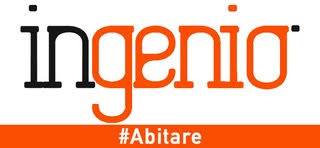Permeable Pavement Performance and Design Recommendations
All'Università del Minnesota un corso specifico sulle pavementazioni drenanti, sul loro uso, la progettazione, le tecniche, i materiali e tanto altro
Registration fee before July 15, 2013: $185
Registration fee after July 15, 2013: $225
8:00 a.m. – 12:00 noon
Presenters
Bethany Eisenberg, Vanasse Hangen Brustlin, Inc. (VHB)
Kelly Lindow, Rummel, Klepper, & Kahl
John Kevern, University of Missouri – Kansas City
Rob Roseen, Geosyntec Consultants
David Smith, Interlocking Concrete Pavement Institute
Permeable pavements have been used on roadways in Europe and the United States (US) for decades, and the technology is continuing to evolve as the goals for managing stormwater runoff increases. The uses, installation methods, and types of permeable pavement materials is also rapidly expanding. In spite of the environmental advantages of permeable pavements, in North America, they have typically remained outside the ordinary conventions of urban design and construction. Very few state and local agencies have standards or guidelines that can be used by practicing engineers for the design of these systems. In response to these issues, the ASCE-EWRI UWRRC LID Task Committee on Permeable Pavement is finalizing a Manual of Practice on ‘Recommended Design Guidelines for Permeable Pavements.’ The Committee has reviewed the available data on permeable pavement technology and developed this manual on the status of permeable pavement technology as a stormwater BMP. This short course will highlight specific content from the manual which contains individual design chapters on porous asphalt, pervious concrete, permeable interlocking concrete pavement, and other types of permeable pavement. Design considerations common to all systems will be emphasized, along with maintenance guidelines and tips for achieving success.
Learning Objectives
Provide an overview of various permeable pavement types, applications, benefits and limitations
Address common myths surrounding these practices
Review practical design, construction, and maintenance guidelines
Discuss cold-climate performance and design considerations
Illustrate innovative examples of permeable pavement applications in the U.S. and abroad and discuss how they are being used to meeting broader sustainability objectives.
More information: http://www.cce.umn.edu/2013-International-Low-Impact-Development-Symposium/Pre-Symposium-Short-Courses/index.html
